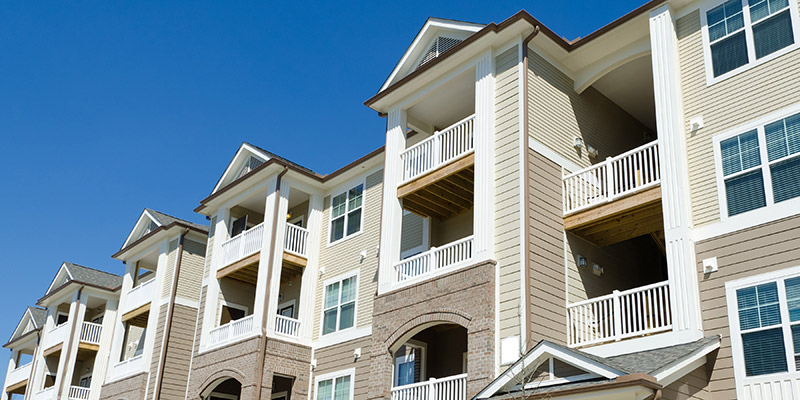Captive Insurance for the Affordable Housing Industry

Uncovering the strategic benefits of a unique approach to risk financing
Save as PDF
As Affordable Housing organizations face their annual insurance renewals, many have been surprised at the level of premium increases they are experiencing. Today’s challenging and volatile insurance market is having significant impacts across the industry and has led many forward-thinking industry leaders to consider alternative risk financing mechanisms, such as captives. While our Affordable Housing Team has received increasing questions about captives, this isn’t just anecdotal. According to industry trends, interest in captive insurance in the U.S. has risen greatly in the first quarter of 2021. So, if you aren’t already considering whether a captive might be a good fit for your organization, now may be a good time to begin the conversation.
What is Captive Insurance?
Captive insurance is an alternative risk financing solution that affordable housing organizations can employ to take control of their insurance program, lessen the effects of insurance marketplace volatility and create the potential for financial gains.
With captives, the traditional insurance model is flipped on its head with the insured entity strategically taking risk while reinsuring less predictable and volatile loss layers. This structure leads to an ownership mindset that drives better risk management resulting in better loss performance. Insurance becomes part of the long-term strategy of your company versus an annual, uncontrollable transaction.
How Do Captives Work?
Captives are a form of self-insurance. As a captive owner, you essentially create your own insurance company. In contrast to more traditional programs, captive insurance allows members to benefit from a positive loss experience.
Captive premiums are comprised of fixed expenses (fronting, reinsurance, taxes, claims/loss control, operating expenses, captive management) and variable expenses (loss funding). One significant benefit to captives – particularly in the current market – is that loss funds are directly related to the exposure and performance of your company rather than the entire insurance market.
Property and casualty captives operate with significantly different funding structures (and attachment points). There is much greater market exposure in property captives due to the higher policy limits – for example, a property loss limit may be $100mm or higher (given portfolio values) as compared to $1mm casualty policy limits. These higher property limits create the need to purchase significantly more capacity from the market. So, while the captive insurance layer may be similar between the two captive types, the additional market exposure for property can make property captives more difficult to structure. This is an important consideration for Affordable Housing organizations as property exposures are a major component of the overall risk equation.
Should Affordable Housing Organizations Consider Captives?
Affordable Housing organizations should consider captive insurance if they are financially sound, have engaged leadership who are committed to managing risk with a long-term focus and are willing to accept strategic levels of risk.
Captive insurance is an opportunity for affordable housing organizations to stabilize insurance, insulate from traditional market swings and experience the benefits of self-insurance with an acceptable risk exposure.
If you have any questions or would like to discuss the feasibility of captive insurance for your organization, please email me at nkerr@scottins.com or call 540-224-1774.






